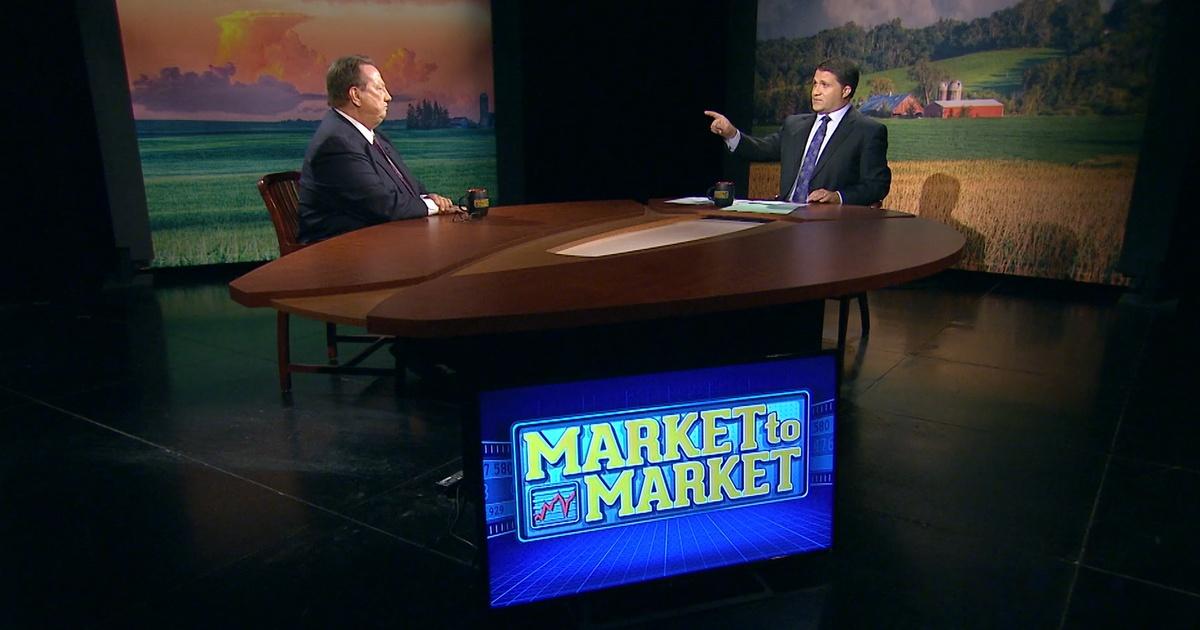The recent heat wave may contribute to increased volatility in commodity markets, particularly affecting soybeans which are in the reproductive stage and could lead to higher prices, while corn is expected to require deeper yield reductions to see significant price increases, and wheat prices are expected to continue struggling.
The USDA report release on August 11th caused significant changes in commodity markets, with soybean and cotton prices increasing while corn prices had a more mixed reaction.
Grain prices continued to decline amid frustrations in the grain markets, with corn and soybean contracts moving lower while wheat prices rose; the heatwave's impact on crops may affect future progress.
The grain markets are influenced by multiple factors such as yields, the U.S. economy, seasonals, early harvest yields, geo-politics, the September WASDE report, and more, which can have a significant impact on prices until the end of 2023.
Soybeans and meal are firm, while wheat and corn are trading lower due to a lack of market-moving news and lower than expected wheat sales.
Wheat prices decrease due to increased production estimates out of Russia and hot dry conditions, while corn and soybeans increase with support from weather forecasts projecting hot dry conditions.
Soybeans were the strongest performer in the grain market this week, while corn prices faced disappointment and struggled to break through resistance levels. The Pro Farmer Crop Tour indicated lower yields for both corn and soybeans compared to USDA estimates, potentially leading to higher prices if adjustments are made in the September WASDE report.
Extreme heat and drought have caused damage to soybeans and corn crops, leading to lower yield and production estimates by Pro Farmer and potential higher prices in the future.
Analysts expect the upcoming U.S. Department of Agriculture (USDA) estimates to show smaller corn and soybean crops due to falling yield prospects caused by dry and hot weather conditions.
Dry weather and unfavorable growing conditions in Iowa and Illinois have led to reduced yield expectations for soybeans and corn, with the latest dry spell preventing maximization of yields and causing some crops to shut down.
Yield potential for Crop Watch corn and soybeans in the U.S. has slightly improved after weeks of decline due to drought conditions, but yields are still expected to be below last year's levels.
Soybean prices are slightly higher at midday, with soybean meal and soybean oil futures also making gains, while Canadian Canola prices are down; the weekly Crop Progress report shows progress in soybean harvest and a drop in soybean conditions, and Brazil's soybean planting lags behind last season's pace.
